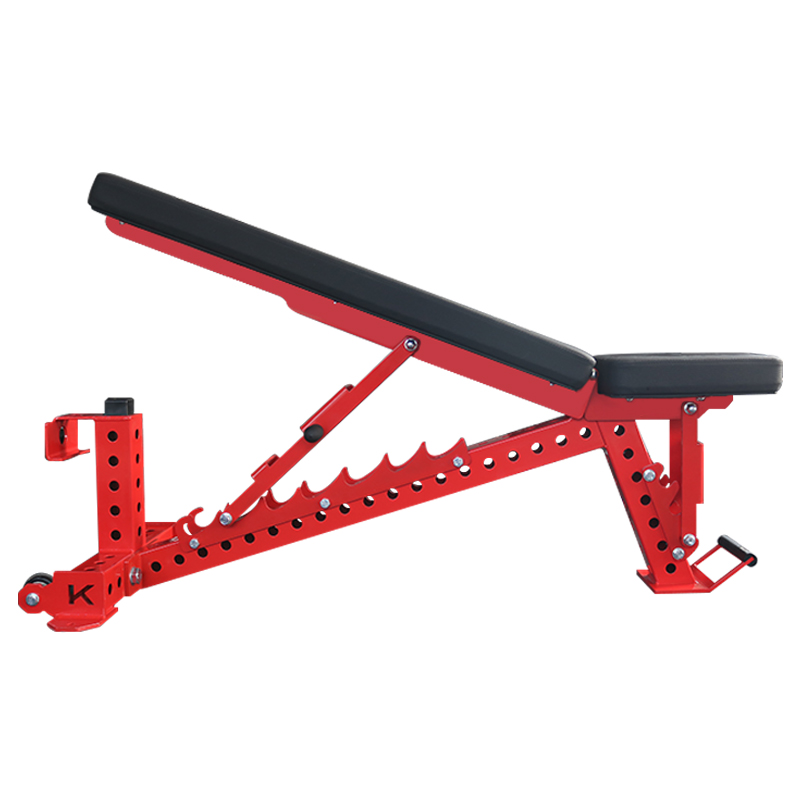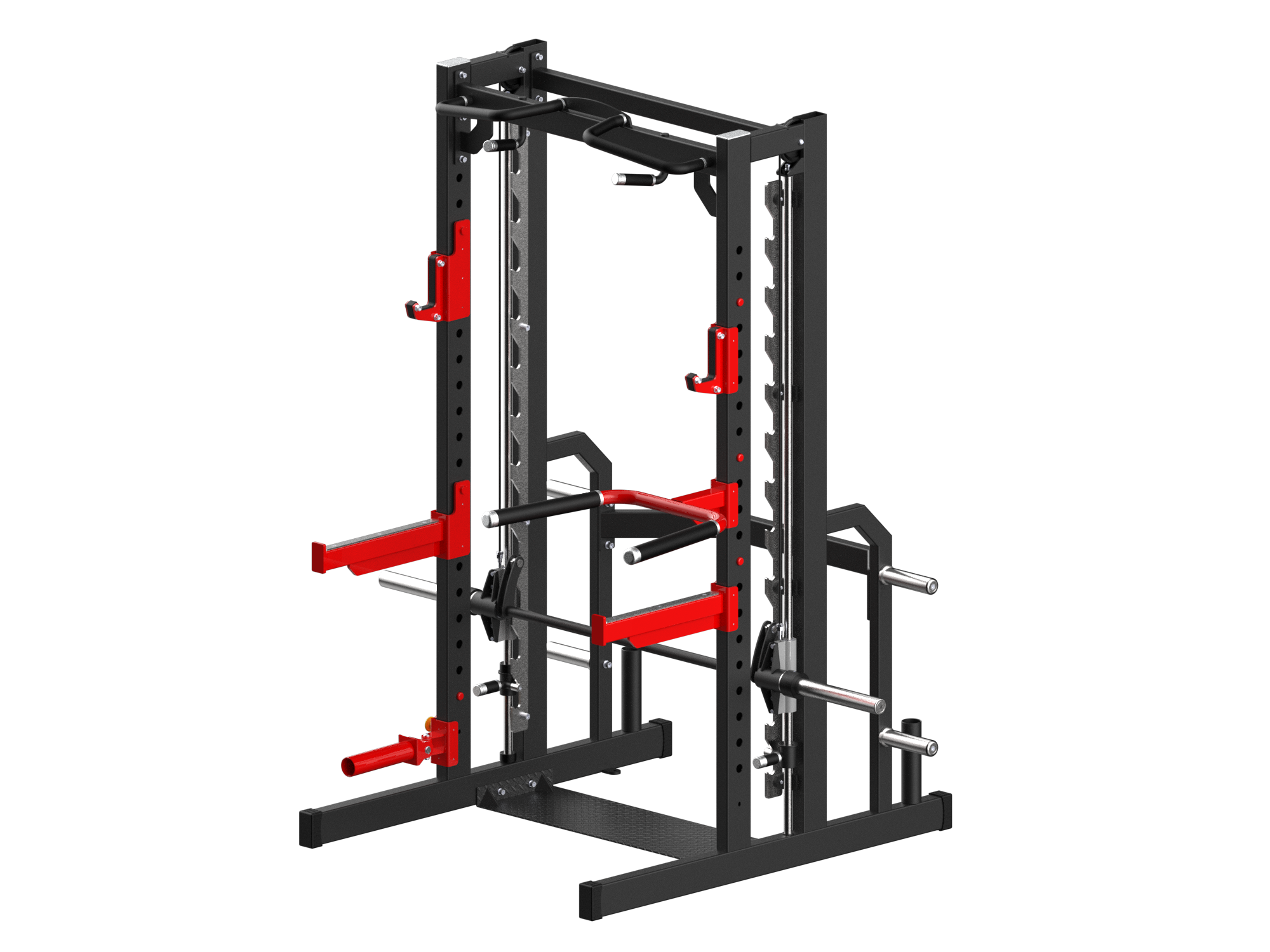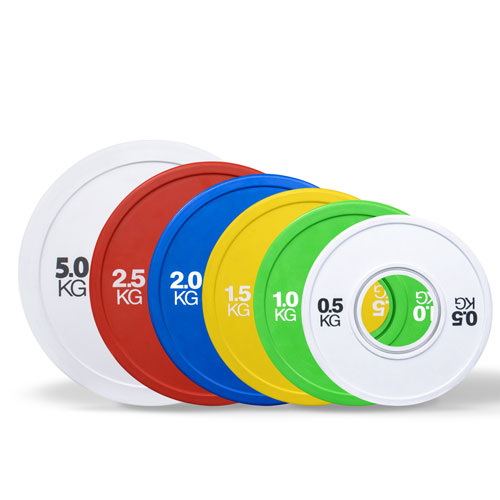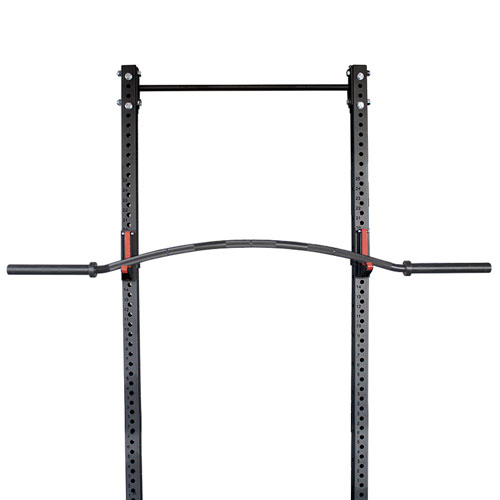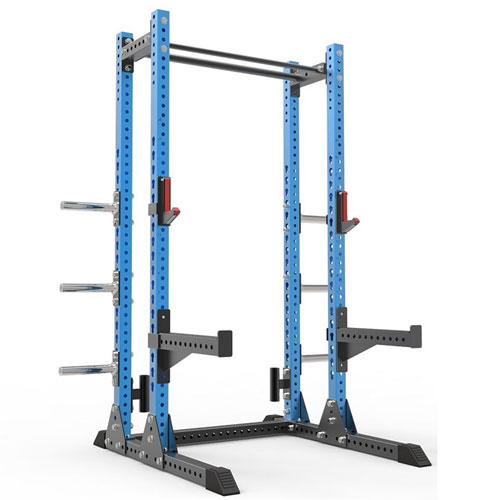5 exerciții pentru îmbunătățirea posturii și reducerea durerii
Oamenii sunt meniți să se miște. Suntem meniți să stăm drepți. Suntem meniți să mergem cu capul sus.
Dar undeva de-a lungul acestei meandre evolutive, cineva a așezat un computer pe masa din fața noastră și ne-a pus un telefon în mână. Și am început să petrecem ore în șir cocoșați pe scaun. Bărbia, cândva la o distanță decentă de gât, a început să se încline spre interior. Umerii ne sunt încovoiați; mersul ne este târșâit.
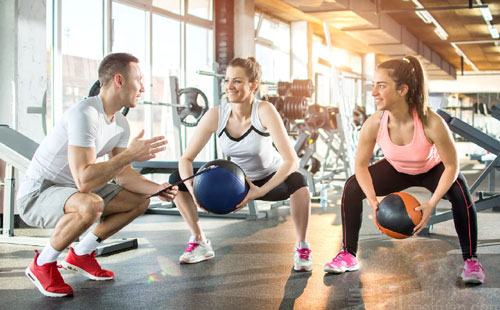
Atunci când capul - care cântărește aproximativ 5 kilograme - se apleacă în față, crește presiunea asupra coloanei vertebrale cu până la 60 de kilograme. Nu este de mirare că mulți dintre noi se confruntă cu pierderea masei musculare, cu o postură proastă, cu un risc crescut de accidentare. Fiziologii numesc starea rezultată Sindromul încrucișat superior și inferior.
Cursurile Orangetheory Fitness, desigur, pot ajuta la compensarea acestora, precum și a multor altor neplăceri din zilele noastre. Cheia este să transpunem impulsul celor 60 de minute în restul vieții.
Aceasta înseamnă să faceți din mișcare o prioritate pe tot parcursul zilei, la fel ca planificarea unor mese sănătoase și petrecerea timpului cu cei dragi. Dacă faceți acest lucru, vă veți simți mai bine și veți avea mai multă energie pentru sarcinile zilnice.
Aaron Santiso, kinetoterapeut și membru al consiliului consultativ medical de la Orangetheory, oferă aceste rutine de întindere pentru a ne menține puternici, aliniați și în picioare pe tot parcursul zilei. Unele întinderi pe care le recomandă sunt atât de ușoare încât te-ai putea gândi: "Cum ar putea ajuta asta?" Aveți încredere în știință. Ba da.
The name: Upper trapezius stretch
The target: The muscles in your upper back that help you raise your arms.
The reason: When you lift your arms, one shoulder may seem higher than the other. “Your body may be compensating during this movement pattern due to a muscular imbalance and weakness inside your shoulder,” Aaron says.
The method: Sit tall on a chair, grasping the edge of the seat with your right hand. Slowly bend your neck toward your left shoulder, using your left hand to direct your head. Be sure to keep your right shoulder pressed down. Stop when you feel a comfortable pull on the right side of your neck. Hold for 20 seconds; return to starting position and repeat on the left side. Aim for five stretches on each side, whenever you feel the need.
The name: Levator scapulae stretch
The target: If you know even pidgin Latin, you can translate this as raising the scapula — the shoulder blade, the bone that connects the upper arm and the collarbone.
The reason: Like the previous exercise, this helps keep your neck from taking over movements designed for your shoulders.
The method: Again, sit tall in a chair, holding onto the right side of the seat with your right hand. With your left hand on top of your head, tilt your chin toward your left armpit. Keep your posture straight, stopping when you feel a comfortable pull in the back of your neck. Repeat on the left side, holding each stretch for 20 seconds, for a total of five times on each side.
The name: Open-clam exercise
The target: This especially helps alleviate Upper Crossed Syndrome, which is discomfort in the neck, shoulders, chest, mid-back, elbows and wrists. It starts when we hunch over our computers and follows us into the gym, causing poor form and leading to more discomfort.
The reason: Who wants rounded shoulders, a collapsed chest, and a chin that juts out? Do this exercise two or three times a week to bring your center of gravity in line with your body.
The method: Lie on your side, knees bent at 90 degrees. Rest your head on one arm; with the other, hold your hip to keep from rolling your body. Lift your top knee an inch into the air, lower, and repeat. This targets the gluteus muscle, which helps stabilize knees, lower back and pelvis. Aim for four sets of 25 to 35 reps on each side, three or four times a week.
The name: Sideline external rotation
The target: Your shoulders and neck, so you can stand and sit tall without slouching.
The reason: Who wants bad posture? (We’re not seeing any hands being raised here!)
The method: Lie on the floor on your right side, supporting your head with your right hand or with a couple of pillows. With your left elbow at a 90-degree angle, hold a weight no heavier than five pounds in your right hand (any heavier and it could negatively affect your rotator cuff).
Ridicați ușor haltera până puțin peste înălțimea cotului, menținând unghiul de 90 de grade și menținând haltera paralelă cu podeaua. Faceți acest lucru de 15 până la 25 de ori; repetați pe cealaltă parte. Încercați să faceți acest lucru de trei până la patru ori pe săptămână.
The name: Hip flexor stretch
The target: The muscles basically responsible for lifting your legs and knees toward your body.
The reason: This counteracts the stiffness that develops when we sit too much, which the average American does for 13 hours a day. Sitting shortens these muscles and can bring about lower back pain, so stretching them is imperative.
The method: Start in a kneeling lunge position, right knee bent at a 90-degree angle over the ankle, left knee on the ground, weight evenly distributed to both legs. Draw in your navel. With hands on your hips, slowly move your body forward till you start to feel a stretch in your left leg.
Pentru o întindere mai profundă, ridicați brațul de pe partea întinsă și răsuciți corpul pe acea parte. Țineți timp de 30 de secunde; repetați pe cealaltă parte. Aceasta este o serie; mai faceți încă patru, strângând fesele pe fiecare parte întinsă. Încercați să faceți din acest lucru un obicei zilnic.
Iată alte câteva sfaturi pentru a vă menține în mișcare (în afară de antrenamentele Orangetheory, desigur), chiar dacă lucrați la birou și stați jos cea mai mare parte a zilei. Le găsiți utile? Vă rugăm să le împărtășiți; la urma urmei, suntem cu toții implicați în chestia asta cu mișcarea.
1. Folosiți toaleta de la alt etaj.
2. În timp ce așteptați ca cafeaua să se reîncălzească, faceți flotări pe blat sau flotări tricep.
3. La fiecare 30 de minute, ridicați-vă. Apoi stați jos. Apoi ridicați-vă pe jumătate; țineți timp de 10 secunde, apoi ridicați-vă complet. Stați din nou jos. Amintiți-vă că fiecare moment se adună.
4. Când vă așezați, ridicați ambele picioare de pe podea. Țineți timp de 10 secunde, sau 15, sau 30. Repetați pe tot parcursul zilei.
5. Ieșiți afară cât de des puteți. Chiar și doar câteva minute în aer curat vă pot scădea tensiunea arterială și pot face minuni pentru starea dumneavoastră de spirit.
6. Țineți o minge la birou. Din când în când, puneți-o între glezne. Întindeți picioarele; țineți timp de câteva secunde, apoi îndoiți-le.
7. Hidratați-vă. Nu fiți niciodată fără sticla de apă. Umpleți-o pe un alt etaj, făcând câte doi pași pe rând.

